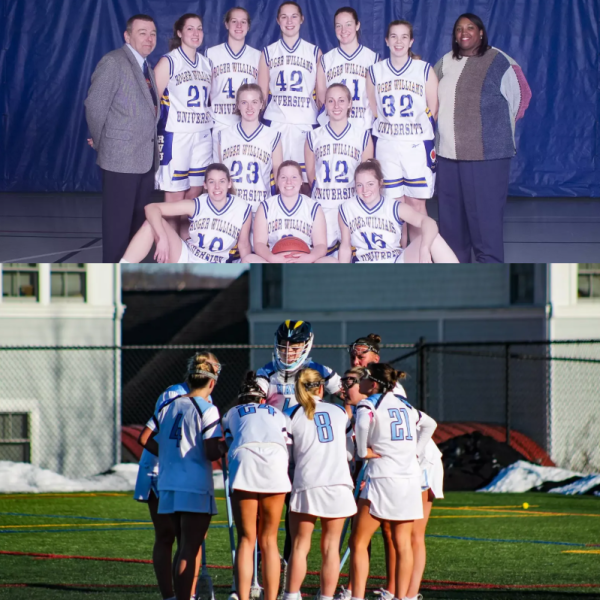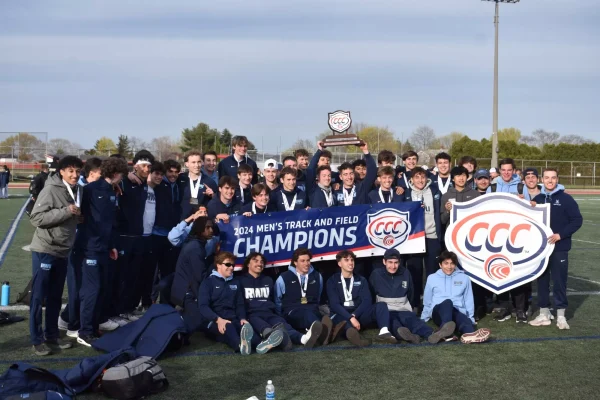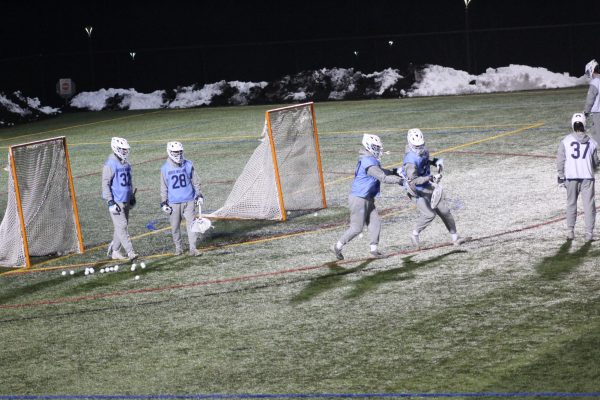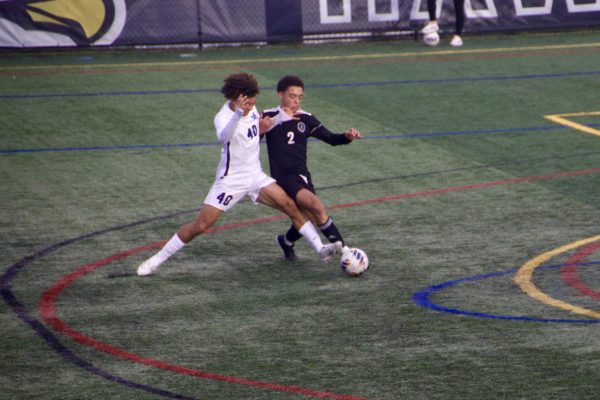Persistent RWU ultimate frisbee player keeps with sport despite collapsed lung
Photo contributed by Matthew Bartell
Tyger Allen
Herald Contributor
Sophomore international business and marketing student Greer Storey began her walk from the Willow dorm to the dining commons just a few minutes away. Her feet slanted upwards as she pushed her body up the paved hill with a friend, Gabrielle Pielka, by her side. Cool November air rushed into her lungs as she caught her breath atop the hill.
As she inhaled, the right side of her body began to ache. She brought her right hand up to her chest and winced at the pain while she continued to walk. It felt to her like a sensation of breathing in below-freezing temperatures. The air continued to feel thin as she walked on, announcing to her friend that she was hurting. Still holding her side at the dining hall, she collected food onto a warm plate and walked back to her seat.
“It’ll pass, it’ll pass,” she thought to herself.
The shooting agony had only increased as time passed. What was once thought of as a brief discomfort had progressed into a health risk. She could feel each bit of food travel down her throat, leaving a scratchy sensation each time. As she ate her food, she felt a nerve that connected from her throat down to her chest. This proved to be more than she could handle as she stood, put on her brown winter coat, and began to walk back to the comfort of her own bed. Holding her right side even tighter, she walked back not knowing that her lung was collapsing.
“It was kind of unusual for Greer because she never really complains about anything,” said close friend Gabrielle Pielka. “Even when we were walking we had to periodically stop so the could kind of catch her breath.”
Storey lives in Shelburne, Vermont and attended Champlain Valley Union High School. She began her high school career as a basketball player, but was forced to stop after agonizing shin splints and a stress-induced breathing disorder affected her play. The high demanding schedule of daily basketball had caused these issues to surface. Storey refused to let her passion for athletics die as she took up ultimate frisbee.
Ultimate proved to be less demanding of her time, as practices were every other day and games took up only two weekends per month. She started as the only girl on her team and, as a quiet person, found it awkward at times. The following year introduced her to two more female players, allowing Storey to feel more comfortable with her role on the team. She had not been elected captain, but still felt the role of a leader to those who joined after her. In her final year of high school play, she was able to assist in bringing home a state championship to Shelburne.
Approaching one hour after she first felt something wrong, Storey dialed the phone to tell her mother what she was experiencing. From there, she called campus Public Safety and the local Emergency Medical Technicians. When she was being loaded into the rear of the ambulance, the straps that pinned her down to the gurney made her feel even more helpless than before. After being loaded into the Bristol Ambulance, the red doors closed and Storey was driven to Newport Hospital.
“Picture a little mouse, you know how mice breathe really short and fast?” Storey said. “I could only breathe as if I was a really tiny mouse.”
Freshman year, when Greer walked onto the frisbee field for the first time in college, she felt surprised seeing about five other female players accompany her. It allowed her to learn the play style from them so she could do the same in the future. A year later, she would be elected one of three female captains.
“She hasn’t let this medical setback affect her play or her ability to captain,” says co-captain Gina Ferrari.
In the X-Rays, a small rupture appeared on top of her right lung. The lung had begun to collapse, causing her to feel the pain she did. What was projected to be a 15 percent collapse had turned out to be around 40 percent.
Two months after her lung had collapsed, Storey walked into the Recreation Center on campus at 6:00 in the morning for the first practice of the new semester. She had taken two months to recover and felt that her cardio would be lacking, as all she could do was sit and rest over vacation. The lung had naturally healed itself enough to withstand the two-hour practice. She continues to struggle with the thought that something like this could happen again, but believes that the injury will not get in the way of her being competitive on the field.
“Breathing is one of those injuries that people can’t see,” says Storey, “And so since they can’t see it… they have almost different expectations.”




